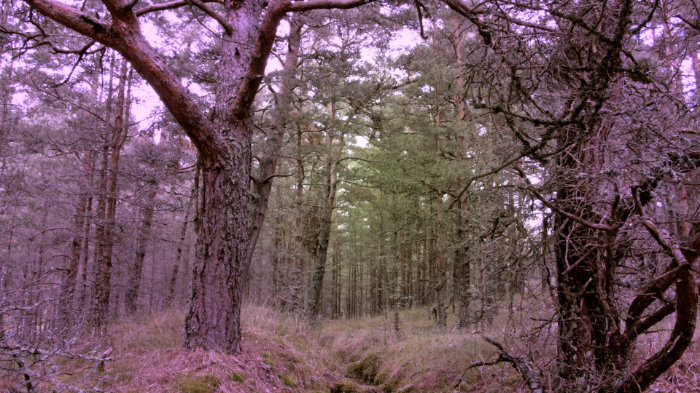Q&A
Vanessa Gravenor

What’s your background?
I have a background in visual arts with a focus on photography. I came to moving image because its narrative capacity was fitting to the content I aspired to work with. In the last years, I have expanded this repertoire to include experimentation with cinematography. The works I am presenting on 6x6 return to the video essay and self-driven spirit I began my practice with but with a fictional twist.
What influences you artistically?
Reading theory, poetry, dreams, travel, foraging in archives, conversations with peers and friends. I am active in different circles where I am based in Berlin. Organizing, exchanges, and mutual support has been a real respite in a precarious moment politically and culturally.
How do you start a new work?
A work for me can stay in idea stage for a couple months or years and begins with a piece of journalism or a fact that doesn’t add up. Some works start with found footage and then grow to animation, like Cover, Duck & (2023). For Free Recall (2024/2025), I took a camera and traveled, creating images in-situ and then worked with the footage in post-production for about a year. I wrote the voice over at the editing desk according to the sequences I collected. The narrator then became a character somewhere between myself and another one I imagined.
What are you working on right now?
Recently, I have been thinking a lot about analogue photography and post-traumatic stress disorder as well as burn out that arises from screens. I am trying to reflect the two so-called disorders into a moving image work. I’m thinking a lot about abstraction in the war archive but also gender and feeling that manifest in monochrome colors, as well as how writers such as Virginia Woolf and Susan Sontag have penned essays on gender and photography.

